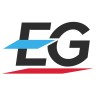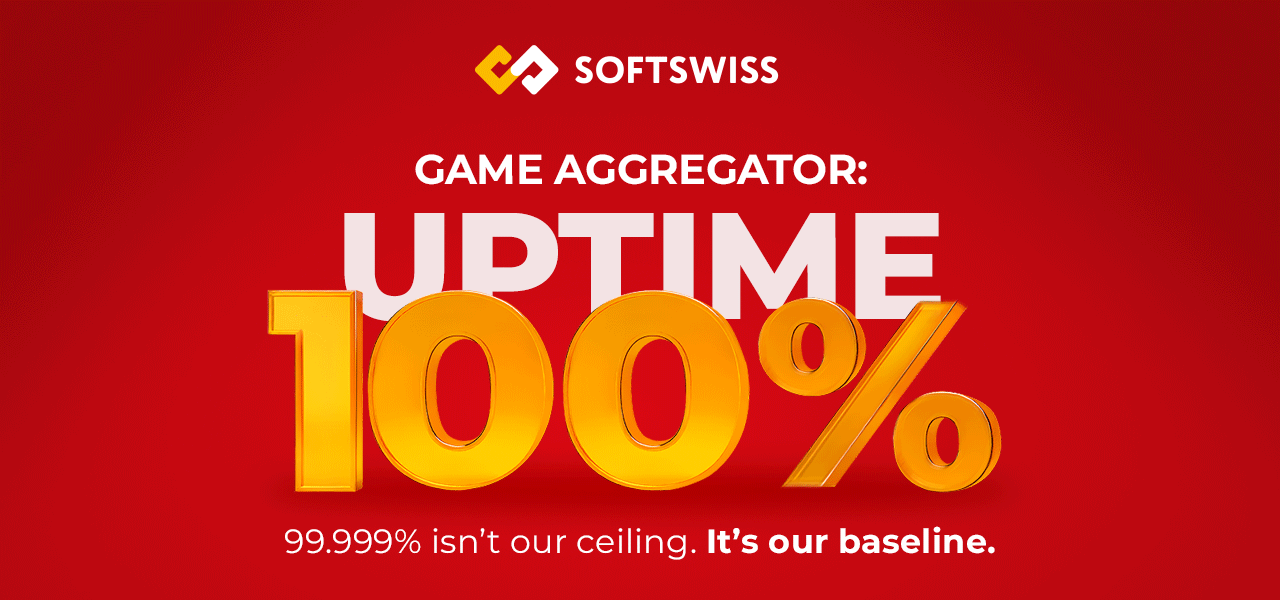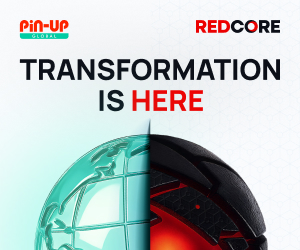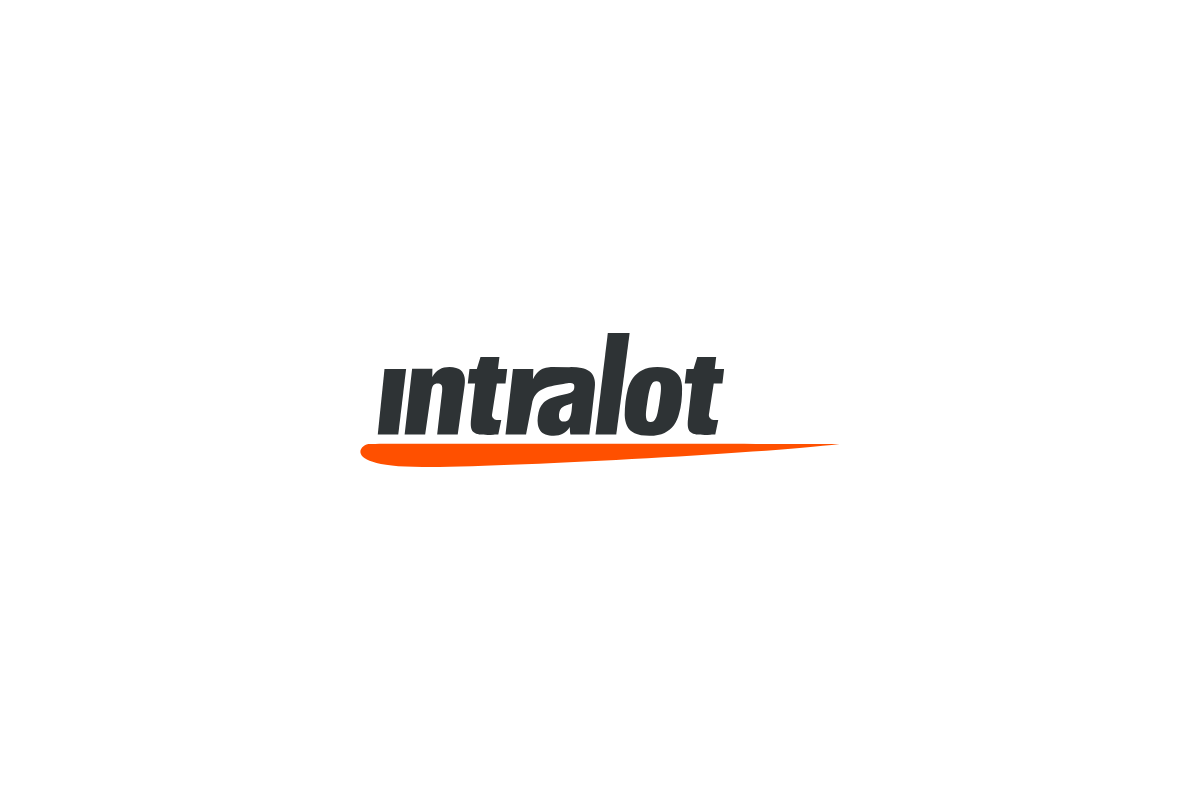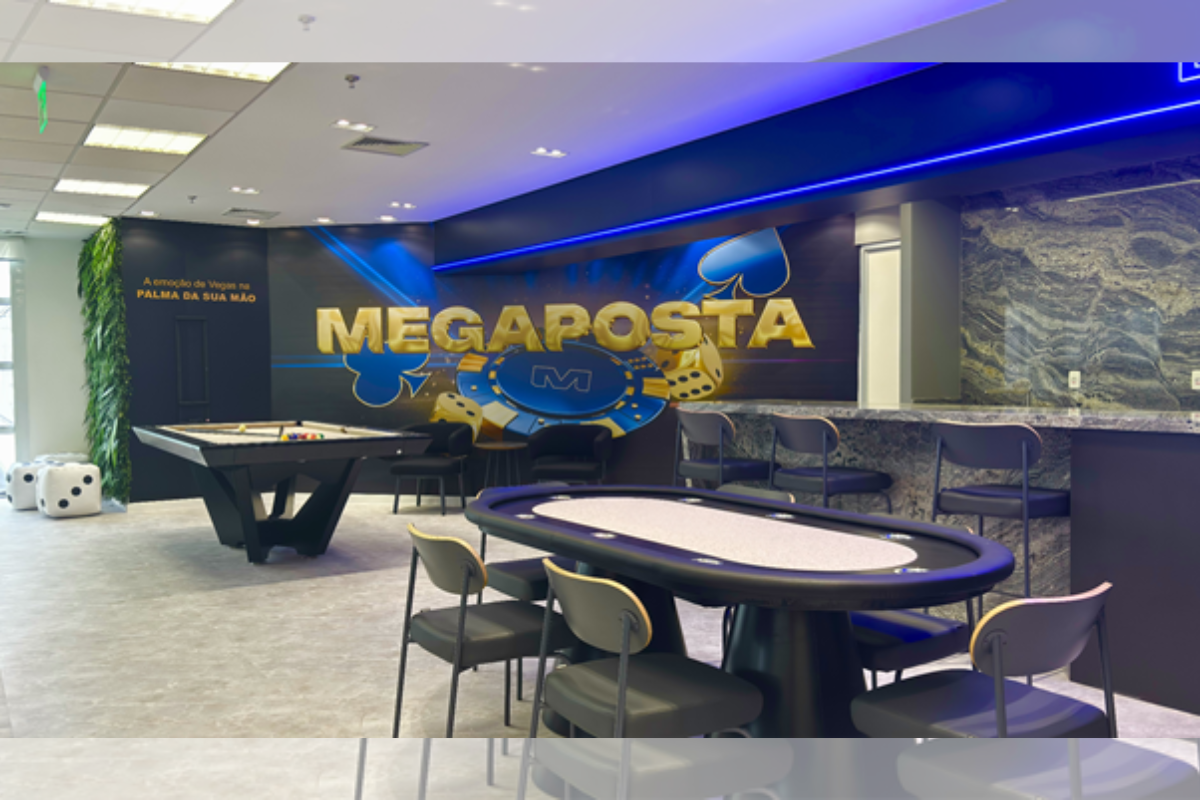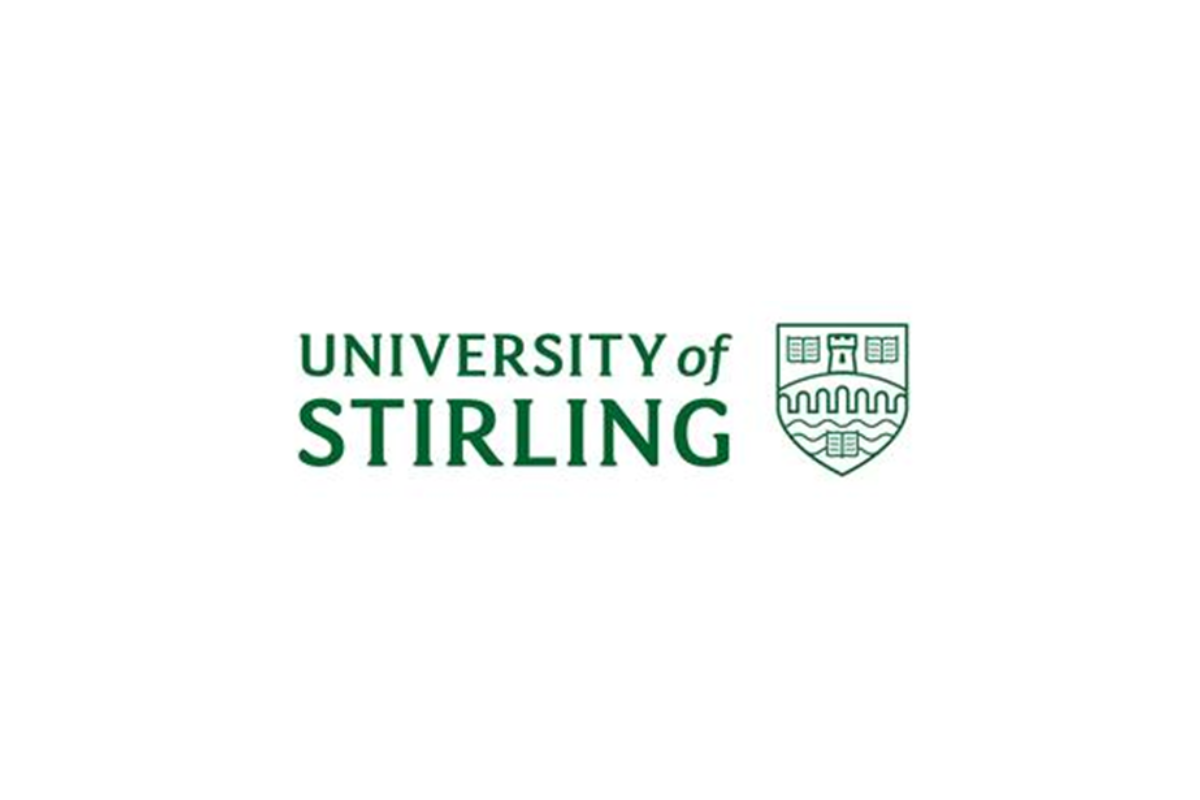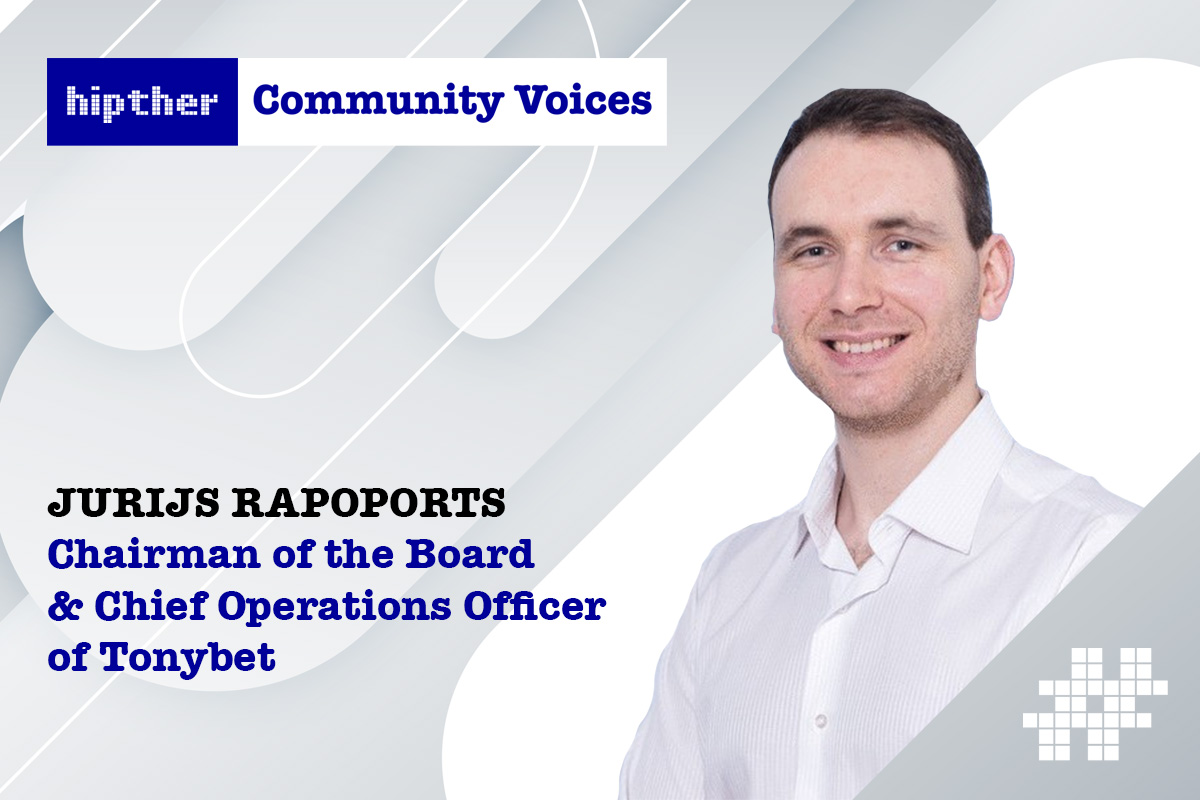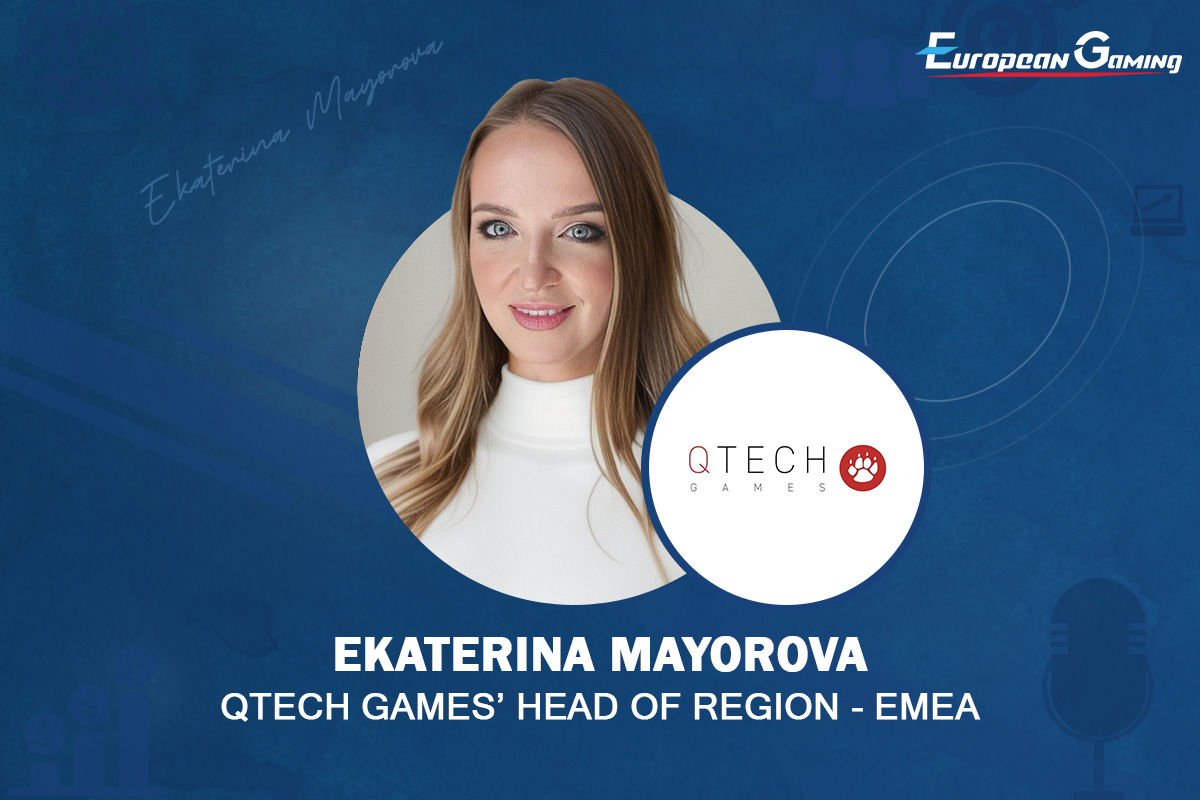Industry News
Maximizing ROI in iGaming: A Deep Dive into Non-Standard Geo-Targeting Through Influencer Marketing (Part 1/2)

Here’s a quick take on influencer marketing in iGaming: it’s all about making waves in the digital world. Popular social media stars teaming up with iGaming brands make them not only well-known, but also more trustworthy. Influencers have got the followers, the trust, and the know-how to get people excited about gambling and betting online. In this article, Anna Zhukova, Team Lead of iGaming vertical at Famesters will delve deeply into smart influencer marketing strategies for this business vertical.
Here are some of the key components of influencer marketing for iGaming brands:
- Engaging the Crowd: Influencers are superstars at grabbing the attention of different players – from those who play just for fun to the serious high rollers.
- Building Trust: When an influencer gives a thumbs-up to a game or a particular online casino, their followers listen. It’s like having a friend recommend your favorite new game.
- Finding the Right Fit: Picking the perfect influencer is key. They need to align with what the iGaming brand is all about.
- Staying in the Lines: iGaming has got rules. Influencers need to play by them to keep things cool and compliant.
- Performance Metrics and ROI: Tracking the success of influencer campaigns through metrics like reach, engagement, and conversions is crucial. This data helps in refining strategies and ensuring a high return on investment.
In short, influencer marketing in the iGaming industry is a trust-building powerhouse: it is a nuanced and effective approach, leveraging the power of influential personalities to build brand trust, engage diverse audiences, and drive business success within a regulated framework.
And here’s another great power that influences the final results of an influencer marketing campaign: geo-targeting. It’s about hitting the right audience, in the right place, at the right time. Here’s why you can’t do iGaming marketing without geo-targeting:
- Audience Segmentation: It’s all about hitting the sweet spot with each region’s unique gaming tastes and cultural vibes. Tailoring content to specific areas means more impact and appeal.
- Regulatory Compliance: Different areas, different rules. Geo-targeting keeps campaigns on the right side of the law, dodging legal headaches.
- Localized Content: This is where you speak their language, literally. You have to adapt to local dialects, cultural hooks, and region-favorite games to ramp up engagement and conversions.
- Cost Efficiency: It’s about smart spending. Better focus your efforts where they count, avoid wasting resources, and watch your marketing budget deliver more.
- Data-Driven Decisions: You can use geo-targeting data to get the lowdown on what works where. This insight sharpens resource allocation, boosting your ROI.
Understanding the iGaming Industry
The iGaming industry, encompassing online gaming and betting platforms, has witnessed exponential growth in recent years. A surge in digital technology adoption and the rise of mobile gaming have been pivotal. The industry’s growth trajectory is marked by technological advancements, expanding into new markets, and an increasing acceptance of online gaming as a mainstream entertainment option. This evolution has opened doors to vast opportunities but also posed unique challenges.
According to Statista, the global iGaming market is expected to reach a revenue of more than $107 billion in 2024.

Traditional marketing methods in iGaming face several hurdles. The biggest is the evolving regulatory landscape, with different countries imposing varied restrictions on gaming advertising. Additionally, the traditional one-size-fits-all approach struggles in a market where gamers’ preferences are as diverse as their geographical locations. There’s also the challenge of ad fatigue, where conventional advertising methods no longer capture the audience’s attention as effectively.
To navigate these challenges, the iGaming industry is turning towards more innovative, targeted, and engaging marketing strategies. Personalization and use of data analytics are becoming increasingly important. Brands are now focusing on creating more immersive and interactive marketing experiences that resonate with their audience on a deeper level.
Influencer marketing is now one of the most powerful tools in the iGaming industry. It leverages social media influencers’ reach and credibility to promote betting and gambling platforms and products. This approach taps into the influencers’ engaged audiences, offering a more authentic and trustworthy promotion method than traditional advertising. Influencers can create content that resonates with their followers, whether it’s through live-streaming games, tutorials, or reviews, thus providing a more organic and engaging way to introduce products to potential customers.
Statistics underscore the impact of influencer marketing. For instance, 66% of marketers using it say that influencer-generated content performs equally or better than branded content. Also, on average, brands earn $5.78 for every dollar spent on influencer marketing.
Understanding the iGaming industry today means recognizing the shift towards more innovative, personalized, and influencer-driven marketing strategies. The industry’s growth is paralleled by the evolution of marketing techniques, with influencer marketing standing out as a key player in engaging and expanding the iGaming audience.
Non-Standard Geo-Targeting
First, you need to understand the tiers in global market segmentation. There are three of them. Understanding the economic and audience characteristics of different tiers is crucial for effective global marketing. Each tier offers unique opportunities and challenges, and selecting the right one depends on a company’s budget, target audience, and industry regulations.
Tier-1 Countries: The Premium Market
- Characteristics: These are the most developed countries with strong economies and a wealthy audience.
- Why They’re Attractive: Businesses target these regions due to the high purchasing power of the audience. This means greater potential for sales and revenue.
- Consideration: Advertising in these countries can be quite expensive. Brands should be prepared for higher marketing costs.
Tier-2 Countries: The Balanced Choice
- Characteristics: These are developing countries. Their economies are well-developed, but the audience’s purchasing power isn’t as high as in Tier-1 countries.
- Why They’re Attractive: They’re a strategic choice for businesses seeking a solvent audience without the high costs associated with Tier-1 markets.
- Ideal for Certain Industries: Tier-2 countries are particularly suitable for advertising sectors like betting, forex, and binaries, which might be restricted in Tier-1 countries.
Tier-3 Countries: High Reach, Low Cost
- Characteristics: Often referred to as ‘third world countries,’ these nations have weaker economies and lower-income populations.
- Advantages: Advertising costs are low, allowing for broad coverage even with smaller budgets.
- Target Audience: These regions are often targeted by industries like gambling, forex, and betting. These sectors appeal to audiences seeking opportunities for ‘easy’ income.
Now let’s take a closer look at the peculiarities of each tier and the countries in it.
High Costs in Tier-1 Markets: A Matter of Solvency
- User Solvency and Payback: In Tier-1 markets, users generally have higher purchasing power, which can lead to better payback for businesses. However, this comes with its own set of challenges.
- Regulatory Hurdles: A significant issue in these markets is the stringent regulation around gambling products. While launching campaigns on platforms like Facebook may not require a license, working with influencers often does.
- Licensing Complexities: Licenses such as MGA (Malta Gaming Authority) or Curacao are necessary for simply working in European countries. However, they don’t authorize advertising in these geographies and targeting users in them. Plus, obtaining advertising permissions is a very complex process.
- Influencer Marketing Challenges: Tier-1 influencers, earning well from less risky advertising options, often steer clear of gambling promotions. Finding one willing to collaborate without a license is rare.
Businesses eyeing Tier-1 markets need to be prepared for higher costs and stringent regulations, especially when incorporating influencer marketing into their strategies. While the financial returns can be significant due to the high solvency of users, navigating the regulatory and licensing requirements adds complexity.
In contrast, Tier-2 markets offer a more accessible and flexible environment for certain types of promotions, including those in the gambling sector. Transitioning from the complex landscape of Tier-1 markets, Tier-2 geographies present a different potential. The regulatory environment is typically less stringent, and the cost of marketing is more manageable compared to Tier-1.
In the next article, we will make it clearer how the countries from different tiers can be connected, what role influencers play in this, and most importantly – how exactly non-standard geo-targeting can be used to reach more solvent audiences with cost-effective strategies. Stay tuned!
Author: Anna Zhukova, Team Lead (iGaming) at Famesters
-

 Latest News7 days ago
Latest News7 days agoDATA.BET Secures Spot at SBC Summit 2025
-
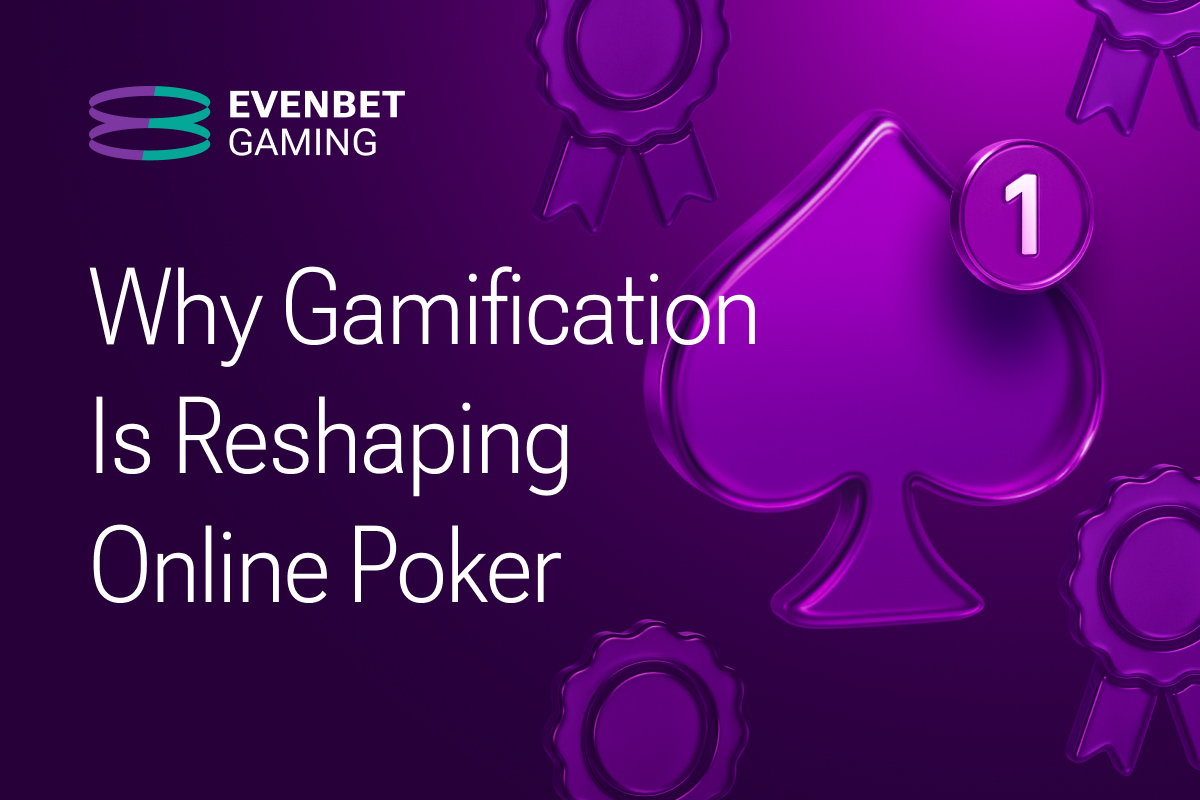
 Latest News7 days ago
Latest News7 days agoWhy Gamification Is Reshaping Online Poker
-
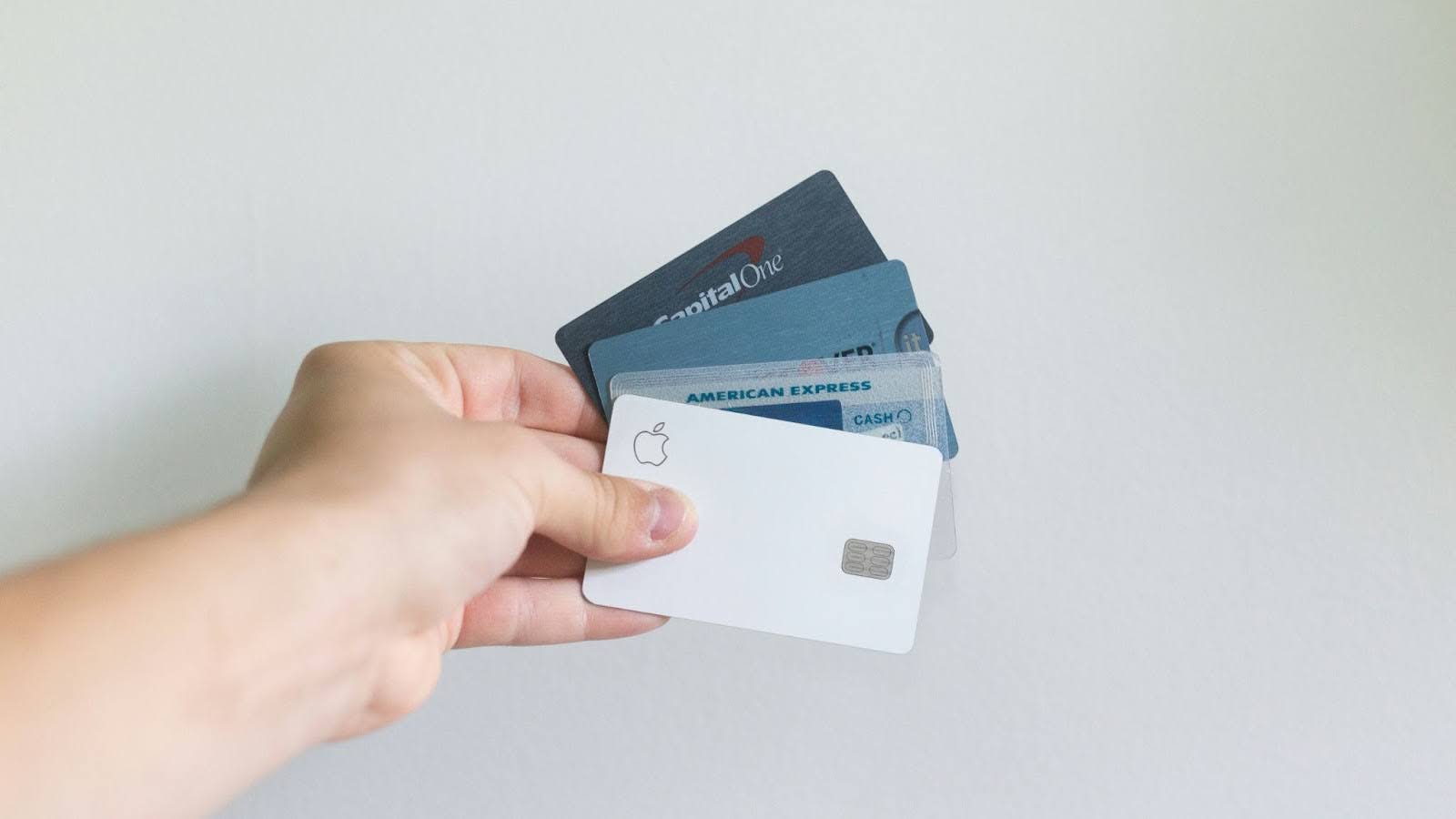
 Latest News7 days ago
Latest News7 days agoFrom Cards to Crypto: How European Players Fund Their Online Casino Accounts
-

 Latest News7 days ago
Latest News7 days agoSlotMatrix ignites the reels of West Virginia with Wild Extravaganza launch
-
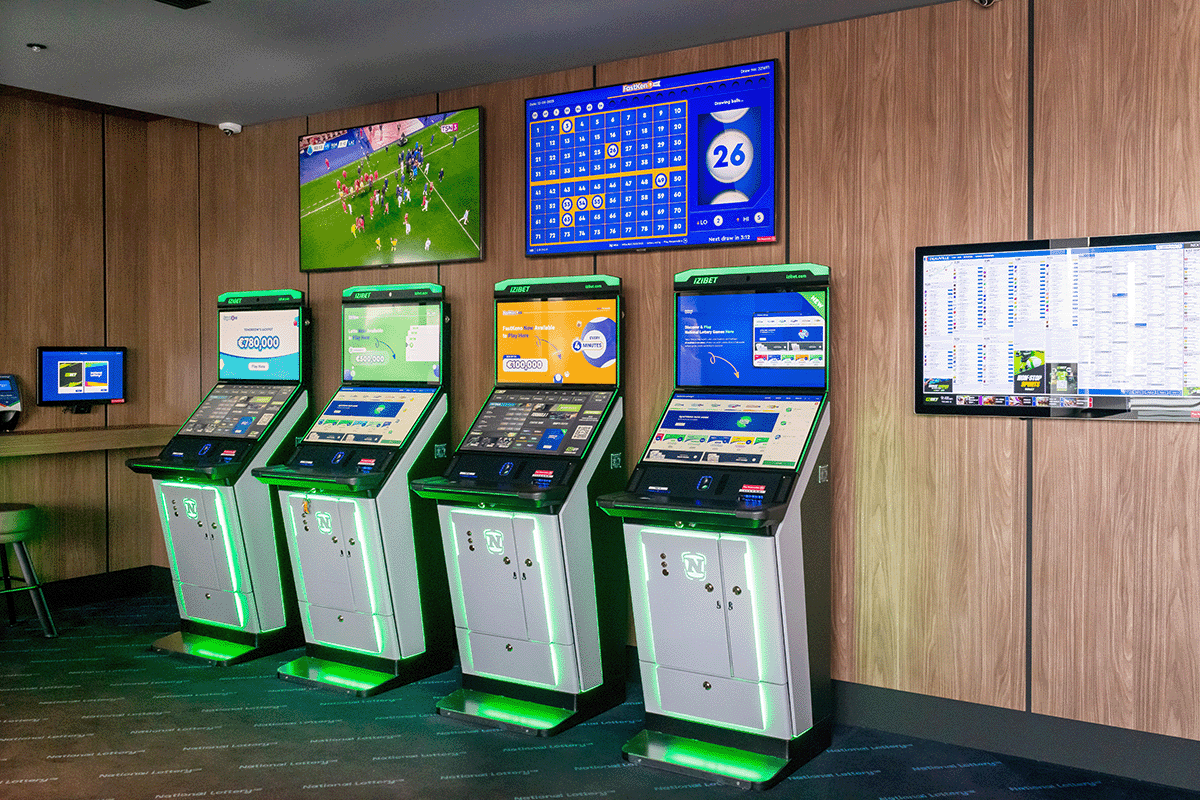
 Latest News7 days ago
Latest News7 days agoWorld’s First Self-Service Sports Betting & Lottery Terminal by IZIGROUP
-
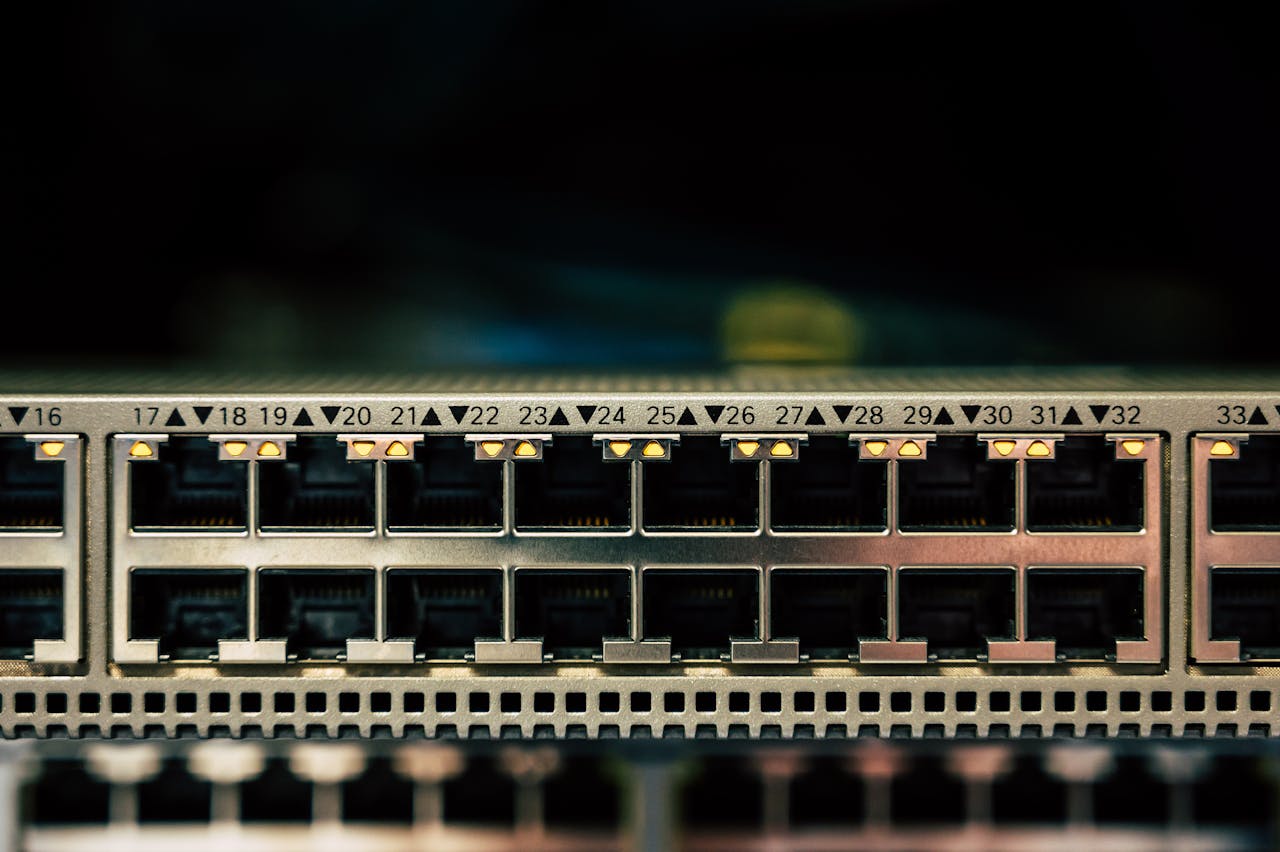
 Latest News7 days ago
Latest News7 days agoCombining Decentralised Technology with Online Gaming
-
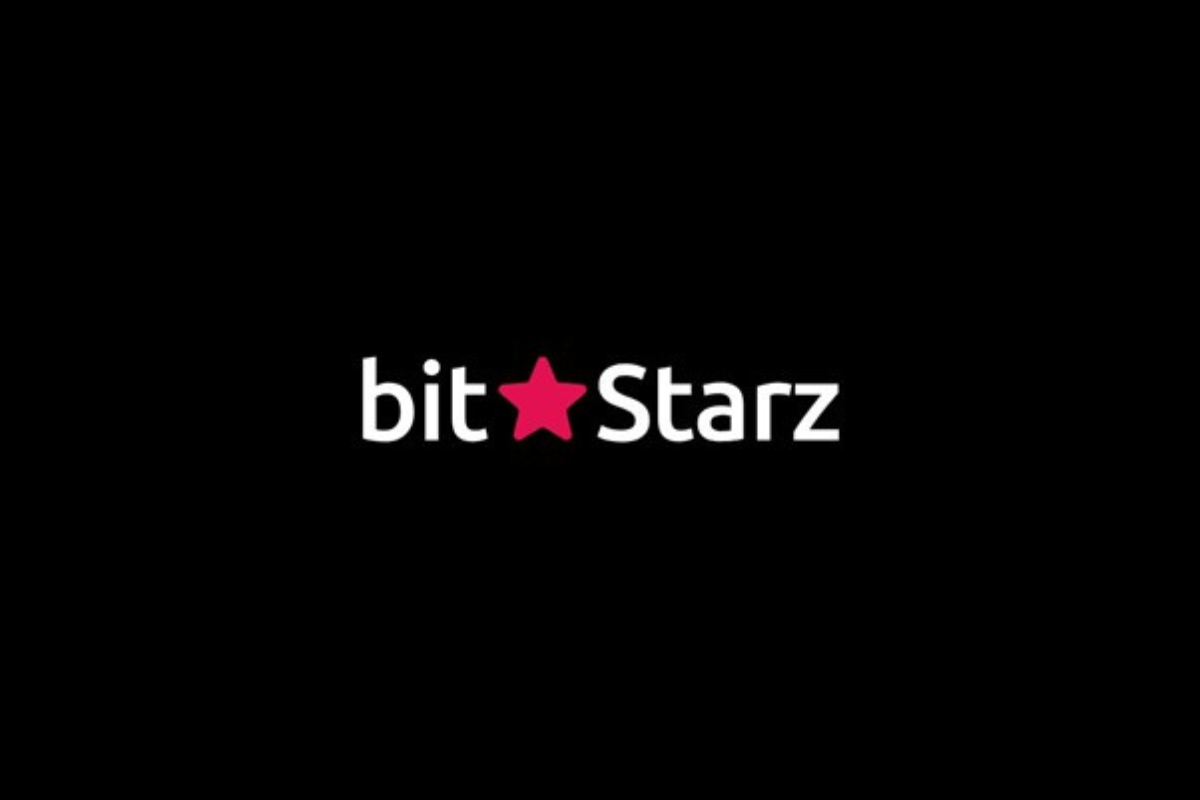
 Latest News4 days ago
Latest News4 days agoBitStarz Casino Review 2025: The Leading Crypto & Bitcoin Casino With Instant Withdrawal, Fast Payout & Latest Bonuses!
-
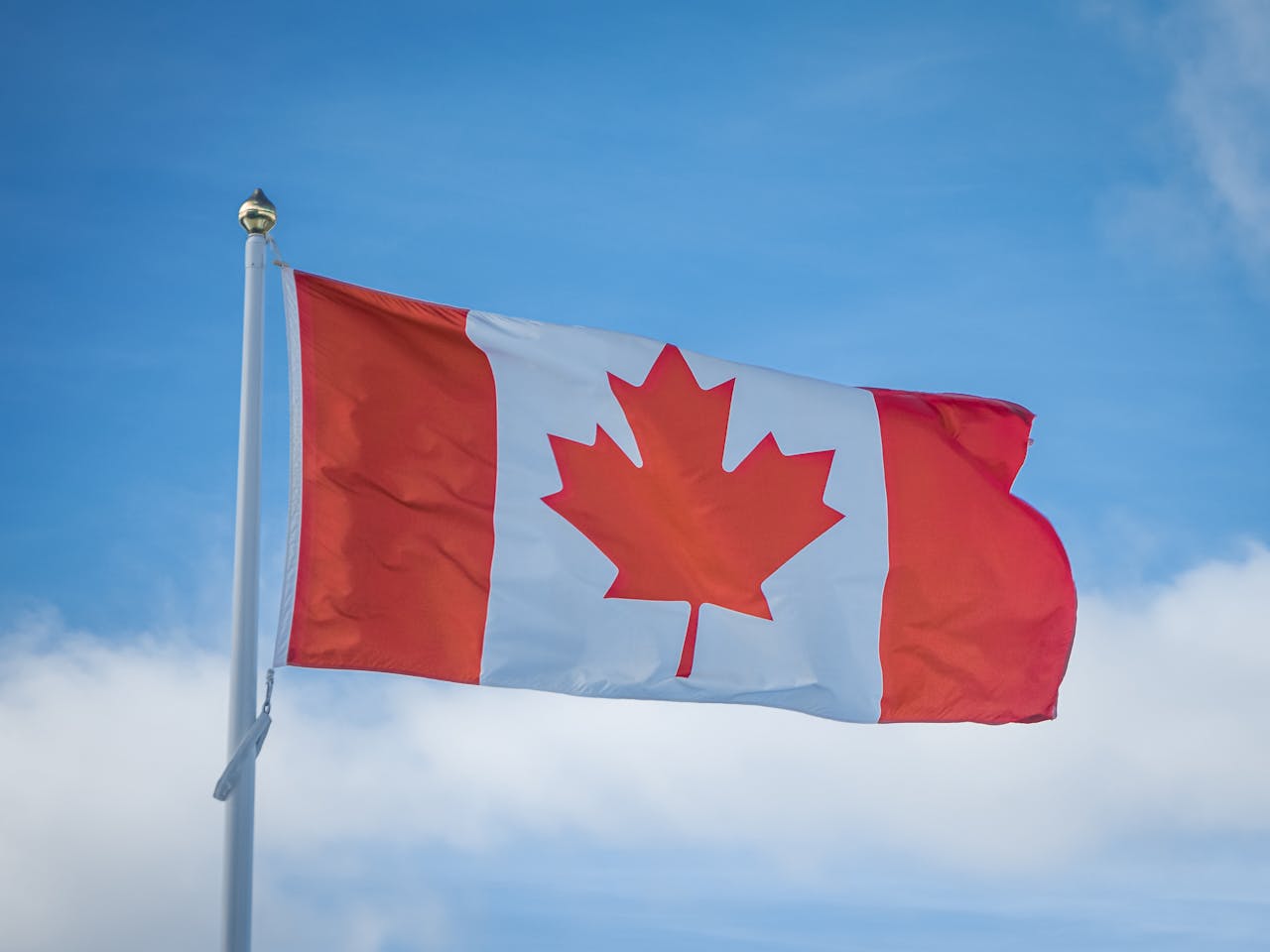
 Latest News7 days ago
Latest News7 days agoAre Free Spins Worth It? A Deep Dive into Canada’s Most Popular Casino Bonus
